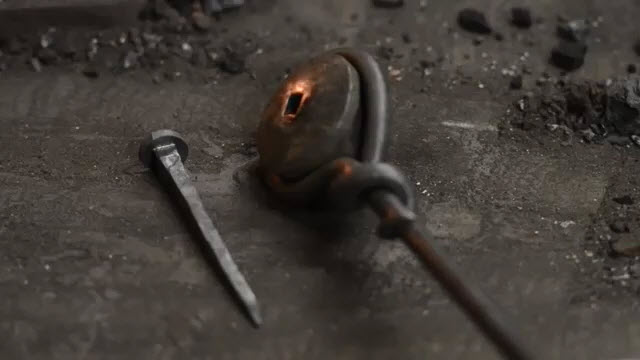You’ve got work to do. You have the weight of the entire business’s performance and profitability on your shoulders. And all you can think is, When the hell did it all get so complicated? Can we just get back to basics?
Yes. Yes, we can, actually. And we should. Having tried the “spreadsheet method” (and losing our minds along with our tools), contractors are now investing in small tool and equipment management systems. The most effective of these can be deployed easily as an “app” on team smartphones and tablets. Scrapping the spreadsheets and adopting a mobile tool tracking system may sound, well, not basic. But what if being mobile results in less bullshit runaround? What if it means you can cut to the chase, know what’s what, where it is, and who’s responsible for it? “Basic” really just means a plan that makes plain sense — and works — right?
Time is money, and you save both with a system that mobilizes each key element of your tool tracking and management system.
Spreadsheets can’t do that.
But, going mobile provides:
Visibility: Organize + Locate Inventory
The need for more specialized and expensive tools has been driven higher in almost every trade. As a result, companies are constantly shifting expensive equipment from job to job, attempting to keep utilization and productivity high. But, field workers need an easy way to search for a tool and see who has what they need, and office workers need an easy way to track where every tool is (and who is currently responsible for each). A mobile tool tracker goes beyond a static list of assets and offers visibility, allowing the entire team real-time access to this vital tool inventory information.
Visibility saves money by providing consistent information about where tools are located, reducing the repurchase of these items. Real-time visibility into tool locations also saves time because tools can easily be found when they are needed. This allows everyone to plan better, which then reduces job delays.
Accountability: Accept + Transfer Responsibility
Assigning responsibility is critical to successful tool tracking. Now, most companies have a good way to assign responsibility for a tool when it leaves the warehouse. However, transferring responsibility when a tool moves from person to person in the field is where manual lists and Excel sheets fail. Field transfers of responsibility are critical; bottom line: breakdowns here are where and why tools go missing.
Everyday, tools are loaded onto different trucks by different people, adding to the confusion of where those tools landed. A modern, mobile system enables field workers to transfer responsibility for a tool by simply using their phones. A quick and easy transfer can keep accountability for tools high even as they move from person to person.
The time to make this investment has never been better because modern tool tracking systems have made the task of keeping track of tools and assigning accountability easier than ever before.
To learn more about tool tracking technology that gets back to basics by going mobile, visit Tool Tracking Tips.
See Tool Tracking Tips
Free and open access to articles, case studies and tool tracking best practices.
